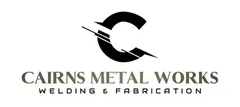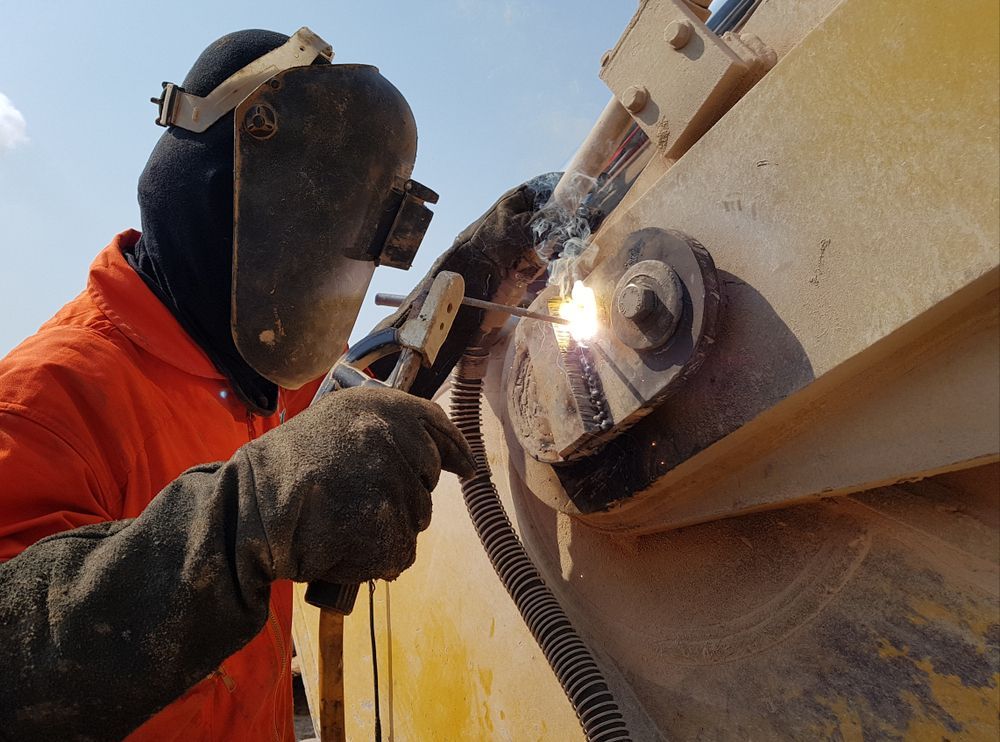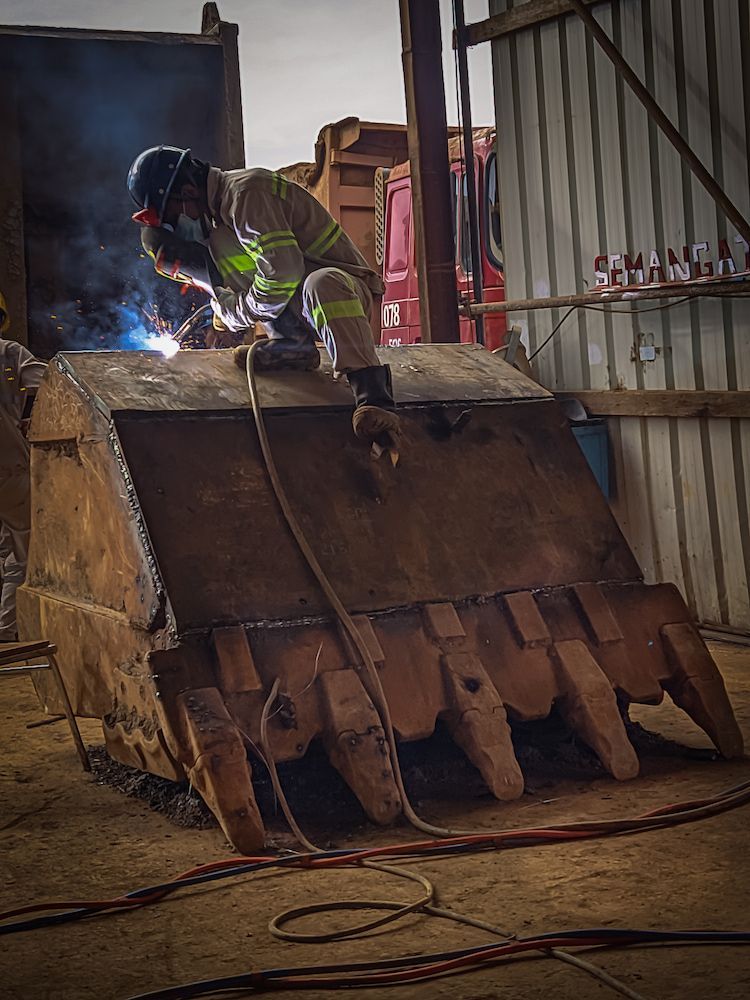Earthmoving Equipment Repairs in Cairns
We repair heavy machinery with precision to keep your equipment running at its best. Our team ensures fast, reliable results that stand up to tough conditions.
Tell us about your project
Fast, Reliable Equipment Repairs
Cairns Metal Works offers professional earthmoving equipment repairs for machinery used in construction, mining, civil works, and rural operations. With 20 years of experience across Cairns, we understand the demands placed on large machines and the importance of reliable structural integrity. Our repairs focus on strength, durability, and keeping your equipment operational with minimal downtime.
From excavators and loaders to graders and dozers, we carry out structural welds, component reinforcements, and custom fixes. Whether it’s a cracked bucket, damaged boom, or worn-out pivot point, we assess the damage thoroughly and repair it to handle daily site conditions. All repairs are carried out with efficiency, safety, and long-term performance in mind.
Call 0438 167 619 to arrange a repair quote or on-site inspection.
Why Choose Us?
We complete earthmoving equipment repairs across Cairns with a strong focus on quality, performance, and long-term reliability. Here’s what makes us a trusted choice for heavy-duty equipment:
- We repair arms, booms, buckets, mounting points, brackets, guards, and more.
- All work is completed using high-grade materials designed for heavy wear.
- Repairs are carefully planned and executed to minimise downtime.
- Welds are reinforced to handle movement, impact, and ongoing vibration.
- Custom parts can be fabricated to replace damaged or outdated components.
- Every job is thoroughly checked for structural integrity and safety.
Call
0438 167 619 or contact us online to discuss your repair needs or request a quote.
Frequently Asked Questions
What causes structural damage to earthmoving machinery?
Heavy loads, repeated vibration, uneven terrain, and constant exposure to the elements all contribute to wear and tear on earthmoving equipment. Over time, metal fatigue, impact damage, and stress fractures can develop in arms, frames, or joints. Corrosion from moisture and chemical exposure is also a factor, especially in areas with poor drainage or where machinery is stored outdoors. Accidents or improper usage can cause sudden, severe damage. Regular maintenance helps reduce risks, but eventually, most machines will require structural repair or reinforcement. Identifying and addressing small issues early helps avoid more expensive repairs or full replacements.
How can I prevent future equipment damage?
Preventative maintenance is key. Regular inspections, timely servicing, and using equipment within its rated capacity all help prevent damage. Keeping components clean and lubricated, especially in joints and pivot points, can reduce wear. Store equipment under cover where possible to protect it from weather exposure. Addressing small cracks or misalignments early can stop them from developing into bigger problems. Operator training also plays a role — correct use of equipment reduces the risk of accidental impact or overload. Working with a trusted fabrication provider for ongoing maintenance checks and reinforcements helps keep equipment in top condition and working safely.
What kinds of damage are common in earthmoving equipment?
Earthmoving equipment operates in demanding conditions, so it’s common to see wear and damage over time. Cracked welds, bent frames, worn pivot points, and damaged buckets are all frequent issues. Prolonged exposure to vibration, dirt, and heavy loads can also lead to fatigue in arms or booms. Corrosion from water or chemicals may weaken joints or panels, particularly in outdoor or high-moisture environments. Even normal use can eventually lead to parts needing replacement or reinforcement. Regular inspection helps catch these problems early, and professional repairs can restore strength and function, reducing downtime and extending the equipment’s service life.






